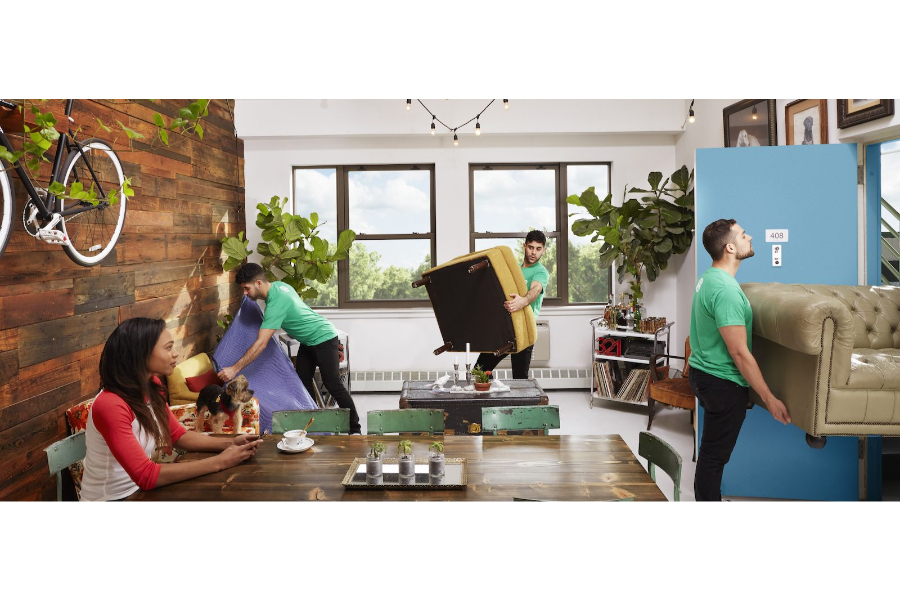
A room’s atmosphere can be entirely changed by adding wallpaper, which gives it character and flair. Still, a lot of people find wallpaper installation to be an intimidating task. You may improve the style of your home decor and create a professional-looking outcome with the correct equipment, skills, and a little patience. We’ll take you step-by-step through the entire wallpaper installation process in this article, from setup to cleanup.
Getting Ready: Creating the Conditions for Success
Make sure your walls are ready before beginning the installation process. To start, give the walls a thorough cleaning to get rid of any grease, dust, or filth. Spackles can be used to fill in cracks and smooth out any irregularities. After the spackle has dried fully, sand the surface to a smooth finish.
You’ll need a few necessary supplies and tools to install wallpaper properly, here’s a list of the items you will require.
- Wallpaper
- Wallpaper paste or adhesive
- Wallpaper smoother or brush
- Utility knife or razor blade
- Measuring tape
- Level
- Sponge
- Drop cloth or plastic sheeting
Having these items on hand will streamline the installation process and ensure a professional finish.
How to use the Wallpaper Paste
Read the manufacturer’s directions carefully before installing wallpaper paste, as different wallpaper kinds may call for different adhesives. Make sure the paste is completely covered on the back of the wallpaper by using a paint roller or brush to apply it evenly.
In order to make the paste work after applying it on the sufficient wall, cause it to book. To make it work that way, simply fold the paper onto the book, literally. Please consider the instructions as written by the manufacturer, when it comes to reserving the water for a specific time.
Installing the Wall Covering
This is the point when we place the wallpaper on the wall if the drywalling and soffit are apt. To create your first wallpaper, draw the line with a level and pencil from a corner of the room, where you have put a level. Hang it vertical, parallel to the floor. With the proper tape application, there will be no need for backtracking or irregularities, resulting in a perfect wallpaper hang.
Carefully, line up the first wallpaper strip with the passlines, just like the baseboard and ceiling are not covered. Employing a wallpaper smoother or brush, follow the technique that departs from the middle by brushing over the ridges or air.
During the time of hanging the next strip of paper on the wall, do not forget to make sure that it looks the same as the pattern. For the installed decor, use a box or razor blade to trim the wallpaper that is required next to the corners, skirting and ceiling.
Taking care of the final details
Thoroughly repeat the process by removing the sticky paste from the wallpaper surface with a wet sponge once all the wallpaper has been slipped. Then wait till the wallpaper dries before putting the furniture back or you can untie it.
When you work through, look at your work if you are done and marvel at it! But the effort is satisfying because they last far longer than the time it takes to install them. A wall display will never fail to give your room a “den” or a personalized point of reference. A small textured piece may do the job, but spacious wallpapers will make a notable statement.
Summary
You can achieve polished results that uplift your home decor by following the techniques given in this guide, from careful preparation to exact application and finishing touches. You can use wallpaper’s timeless appeal and adaptability to transform your walls and create a fashionable, individualized space that expresses your style and personality with the correct equipment, techniques, and a little bit of patience. Thus, don’t be afraid to start this do-it-yourself project and let your imagination run wild to give your living areas a makeover.








